Hydrangea "Summer love" (Summer Love): description, recommendations for cultivation and reproduction
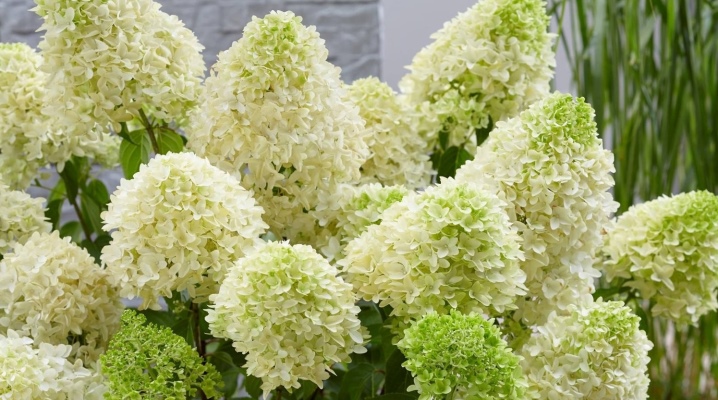
The Summer Love variety of panicle hydrangea is a compact plant that amazes with the extraordinary beauty of its flowers, which can change shade as it blooms. Ornamental culture, due to its size, is not only used as an element of landscape design in a garden plot, but can also become a decoration of a terrace, veranda or loggia when grown in a flowerpot or tub.

Botanical description
Hydrangea "Summer Lav" is a small shrub up to 1.5 m in height, as a rule, it reaches a length of 80 cm to 1 m. Sometimes the culture looks like a tree that grows up to 2 m.
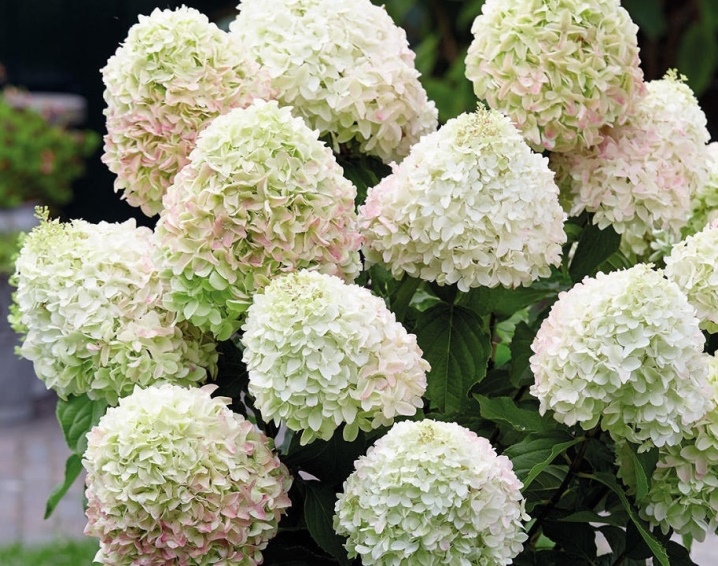
Regardless of the type, "Summer Love" has features characteristic only of this variety.
- Its root system is superficial, well developed in breadth.
- The crown has a spherical shape with dense, branched branches.
- Medium-sized dark green leaves are oval in shape with a pointed end; when the foliage is blooming, it is almost invisible behind the flowers.
- Dense pyramidal inflorescences appear in July, the length of the panicles reaches 30–35 cm. Their caps are so heavy that they look drooping.
- When blooming for the first 20 days, the flowers are white, after another 3 weeks they become pink, after the same time, closer to autumn, the petals acquire a dark pink hue.
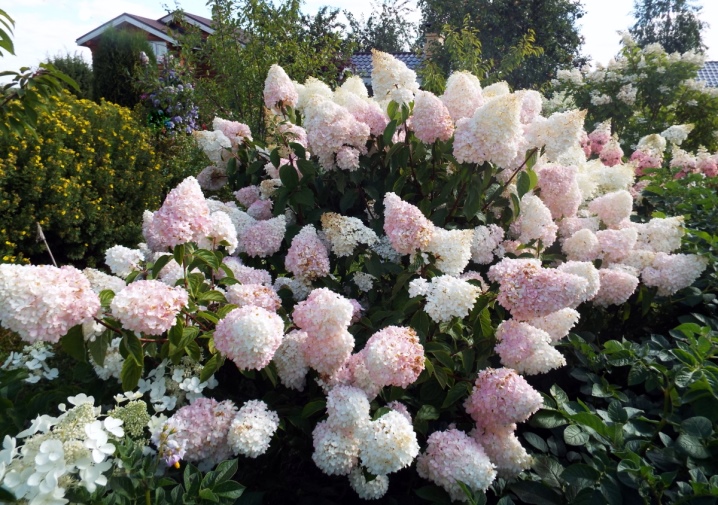
A feature of the plant is its rapid development - hydrangea is capable of blooming already in the first year of planting.
The culture is winter-hardy and tolerates frosts down to -35 degrees, but young bushes should be protected by covering the root system with a thick layer of mulch. The panicle hydrangea of this variety can keep fresh for a long time in water, therefore it is ideal for cutting.
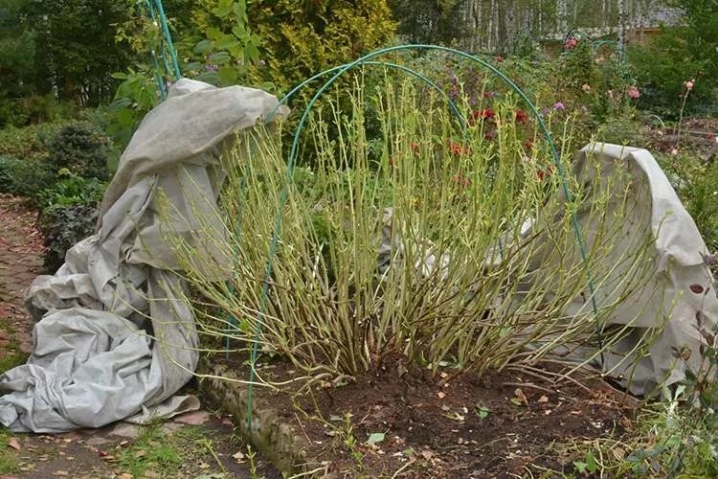
Landing
The variety "Summer Lav" prefers sunny areas, but grows in partial shade, especially in the southern climatic zone. In the Middle Lane, hydrangea can be planted in an open area.
It is important to protect the plant from strong winds and midday rays.
For young plants, it is customary to build special fences, you can plant them next to the walls of buildings or not far from dense bushes, which are a natural barrier.

Shrubs cannot be placed close to other garden crops, since hydrangea loves an abundance of moisture and can absorb it in large quantities. The composition of the soil is of no small importance. Summer Love prefers drained, loose, moderately fertile and acidified soil, the optimum pH is 5.0.
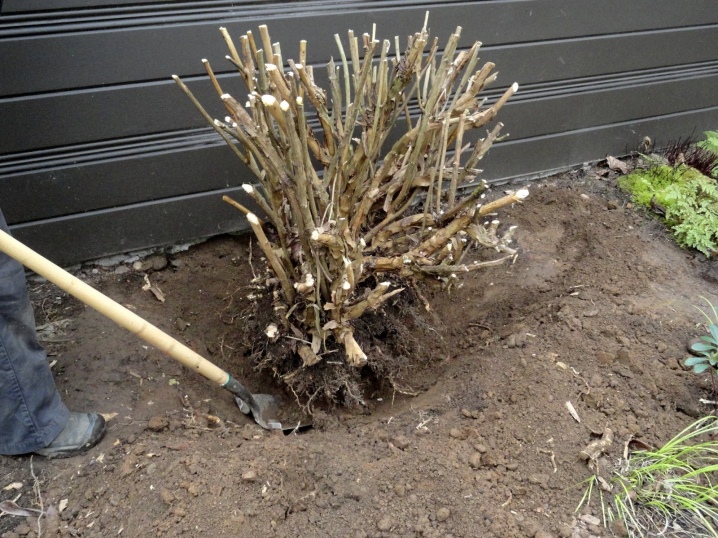
As a planting material, an annual seedling is used, already rooted in a pot, up to 8 cm high. Purchased from a trusted manufacturer, it has closed roots, which allows the plant to quickly adapt to new conditions.
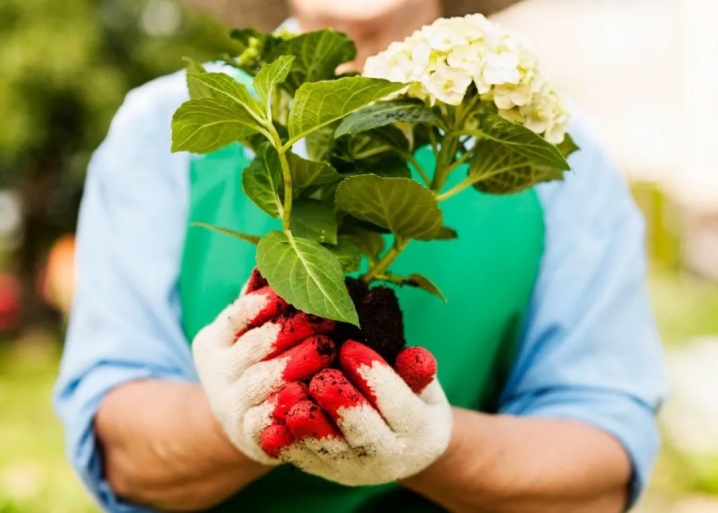
Correct fit involves:
- digging a hole with a diameter and depth of 30 cm;
- preparation of a nutrient substrate from leafy earth, peat, sand and humus (2: 1: 1: 2);
- when planting several plants, an interval of 1 m is left between them;
- the root collar is not buried in the ground, but is placed above the surface of the soil or flush with it, the main thing is that after subsidence it does not end up in the ground;
- after that, the seedlings are watered with soft, settled water and lightly loosening is carried out.

In the southern regions, planting is carried out in the fall, in colder climatic zones - in the spring.
At the beginning of summer, you can fertilize the trunk circle with mineral additives and slurry (1 liter per 10 liters of water), repeat the procedure after 2 weeks.
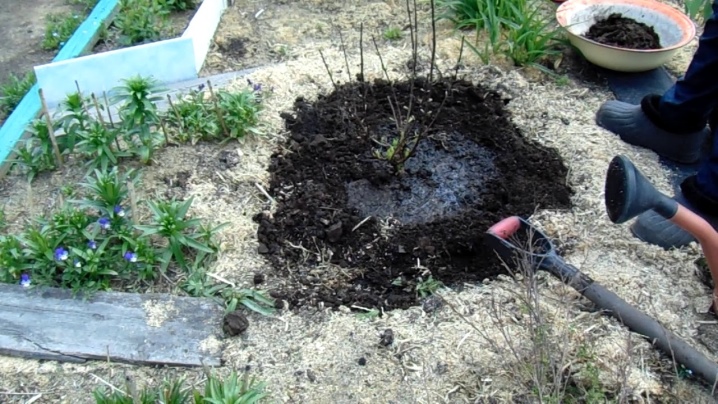
Care
Taking care of the plant is easy, but all agrotechnical work must be carried out on time.
- The plant is hygrophilous, so the optimal watering regime is once a week (30 liters of water under one adult bush). In hot weather, hydrangea should be moistened as the soil dries out, preventing it from cracking.
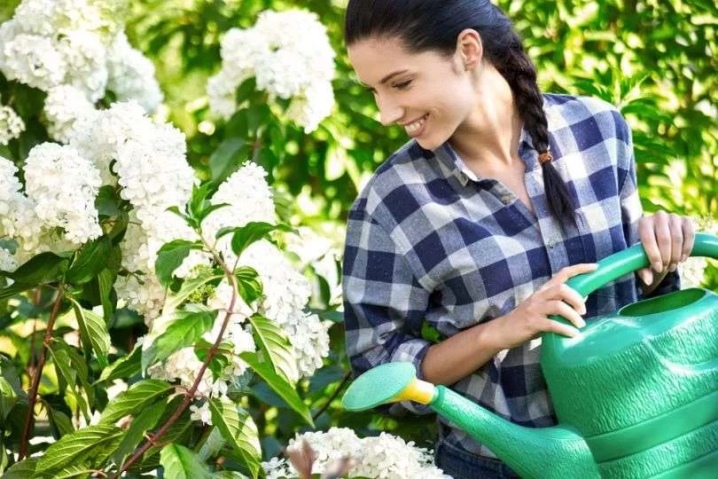
- In order not to constantly huddle the space near the trunk, not to remove weeds and not to loosen the ground, a peat mixture is poured under the bush. In general, during the growing season, it is only required to shallowly loosen the soil 2-3 times.
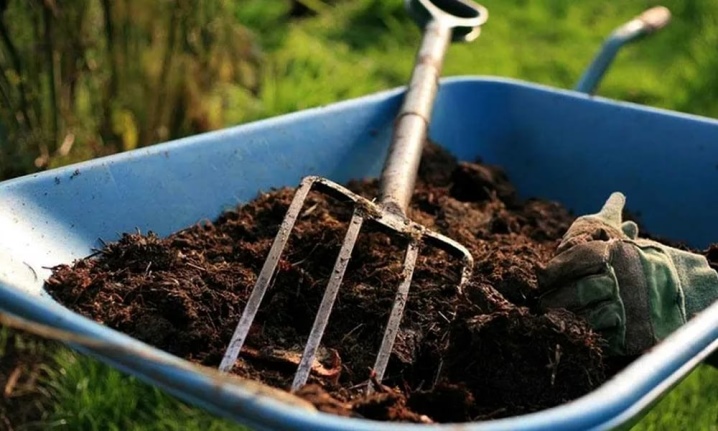
- When buds open, the soil should be fertilized with mineral compounds, and when buds appear, phosphorus and potassium agents should be added: potassium sulfate (40 g), "Superphosphate" (70-80 g) per 1 sq. meter. Until the beginning of autumn, the same fertilizers are added to the ground 2 more times.
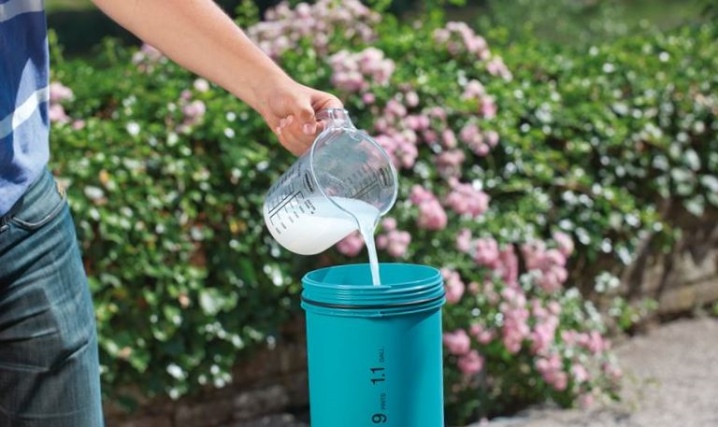
- To protect against diseases, as well as to strengthen young shoots, a little manganese-sour potassium is diluted in irrigation water.

- During flowering, it is advisable to tie up branches that can break under the weight of flowers. After flowering, sanitary pruning of damaged, weak branches and wilted inflorescences is carried out.
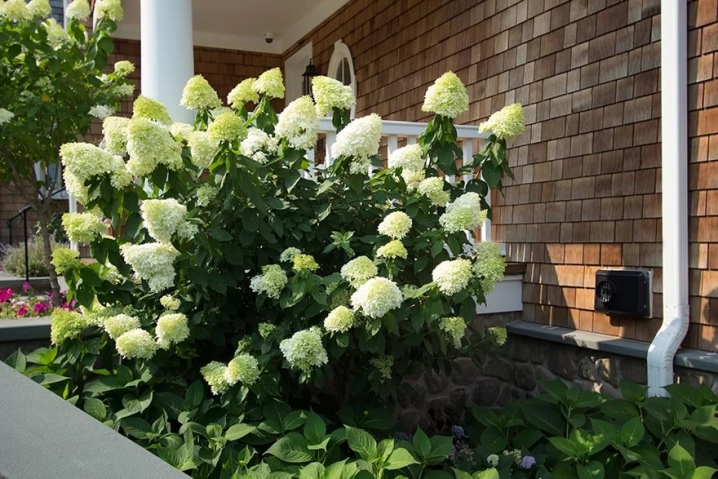
- The winter hardiness of the plant in the conditions of the 4th climatic zone applies only to adult shrubs. Young bushes must be mulched 20 cm with peat and fallen leaves. The shelter is not used, but the hydrangea is abundantly covered with snow.
In the fall, watering should be done regularly, especially if the weather is dry, since a lack of moisture can reduce the frost resistance of the variety.
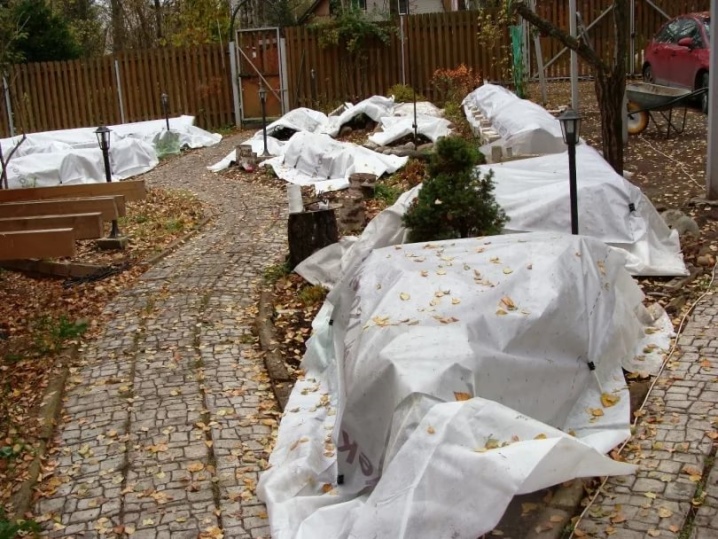
Reproduction
The Summer Love panicle hydrangea can be propagated independently.
- Breeding by layering. The procedure is carried out until the buds swell: grooves are made 2 cm deep and the lateral branches of the lower part of the crown are added to them. After fixing, the soil is kept moist, and, as a rule, new shoots appear at the end of August. When it grows 20 cm in height, it can be considered that the root formation is complete. In October, the plant is separated and transplanted.
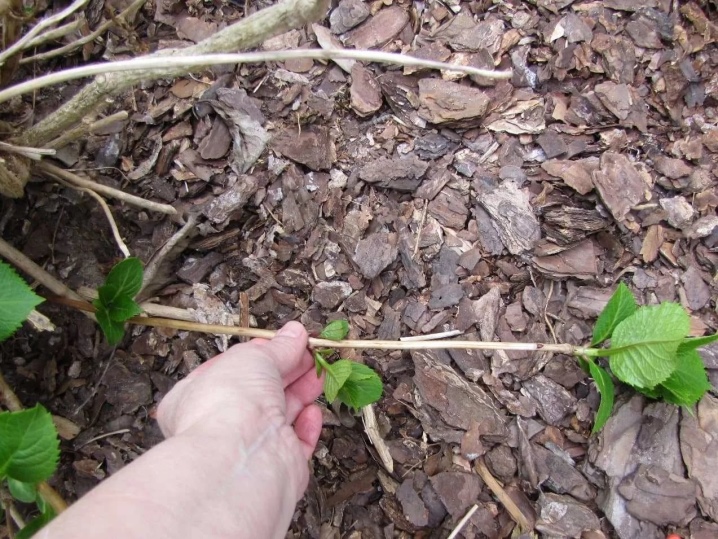
- Cut hydrangeas in spring and summer, for this, shoots are taken from the tops with 2-3 pairs of leaves, the leaves are removed from the lower part, the remaining ones are shortened by half a leaf. After treatment with "Epin", they are rooted in the soil mixture. For the preparation of the substrate, fertile loose earth with an acid reaction is taken. The cutting is deepened to the lower internodes and the container is covered with a film. After a month, shoots can be planted in separate pots before spring planting in open ground.



- When dividing, a bush with roots is completely dug up and divided into 2-3 parts, each can be immediately planted in a permanent place.
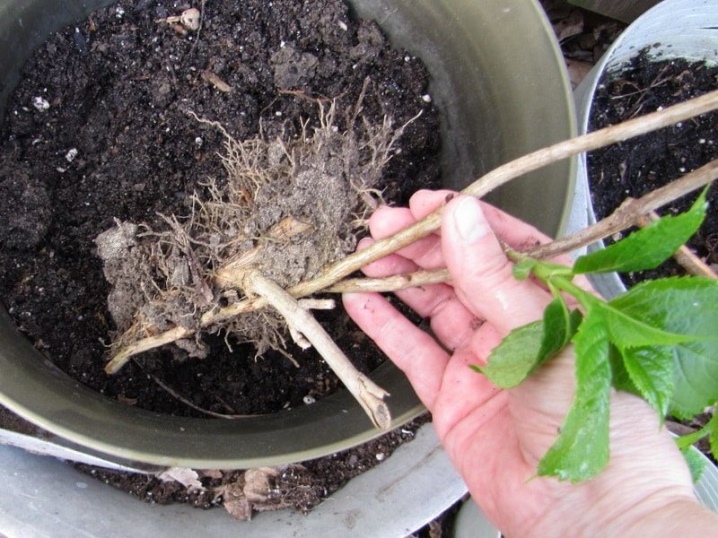
As a decoration panicle hydrangea "Summer Love" is suitable for any garden... Most often, the culture is used as an element of garden compositions, mixborders (perennial flower beds), can be used in single plantings on lawns and in group, representing a sheared hedge.
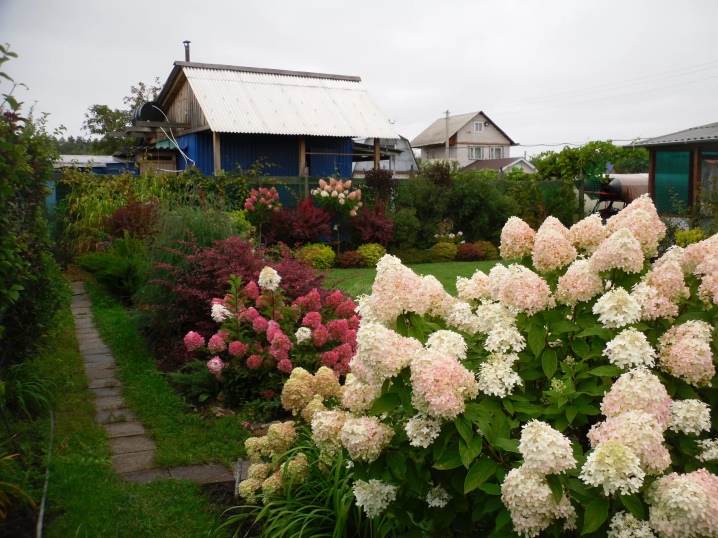
The porch, garden paths, open verandas are decorated with tub and standard plants.
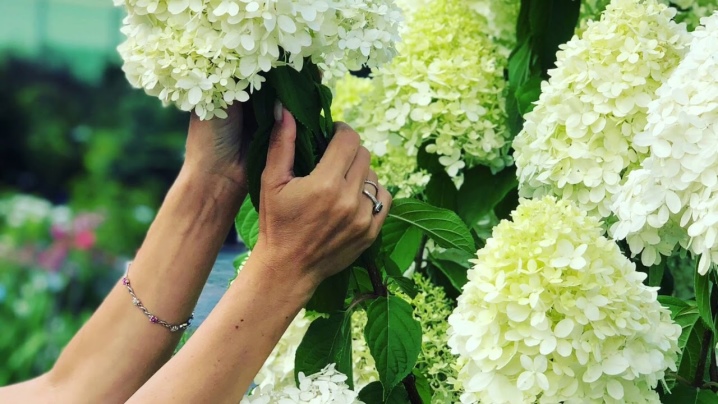
In the next video, you will learn the rules for planting a panicle hydrangea.



































































The comment was sent successfully.